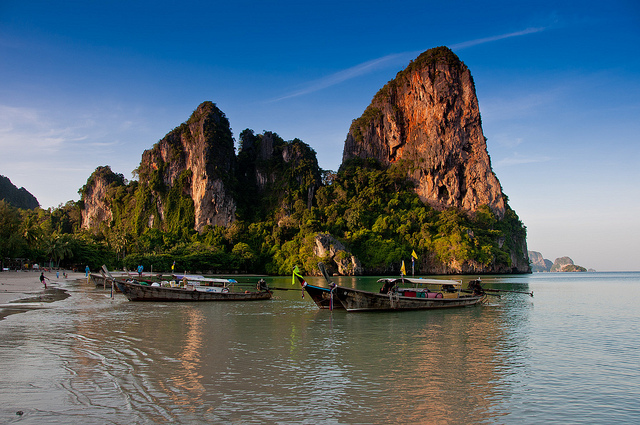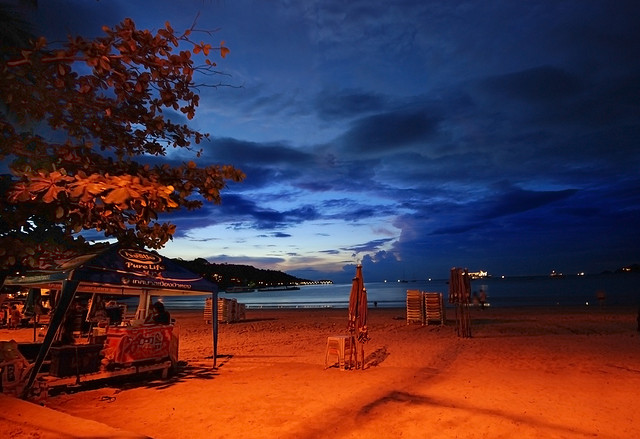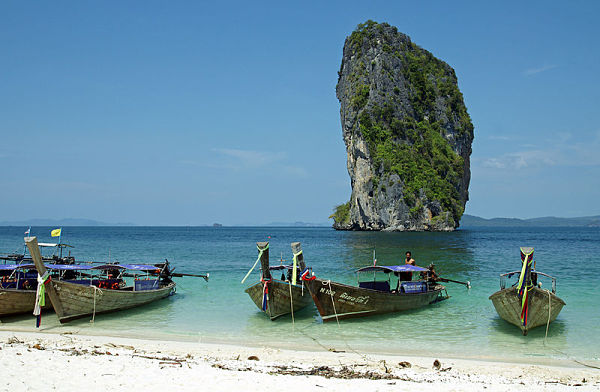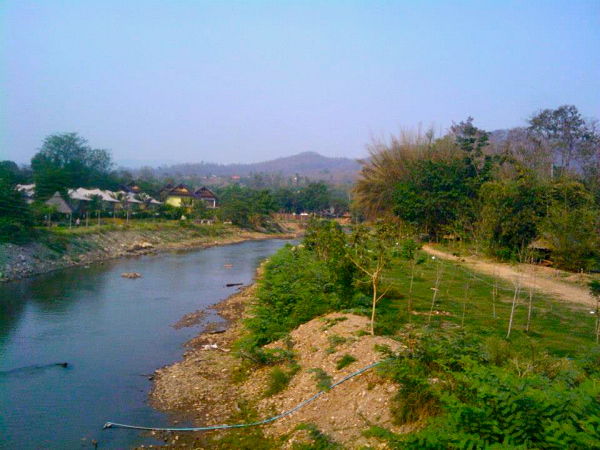Only a few monarchies today have remained absolute, with all the powers vested in the reigning king or queen. The concentration of political power from one ruler has transitioned to a group of advisers or a council, and this was what happened to Thailand on December 10, 1932.
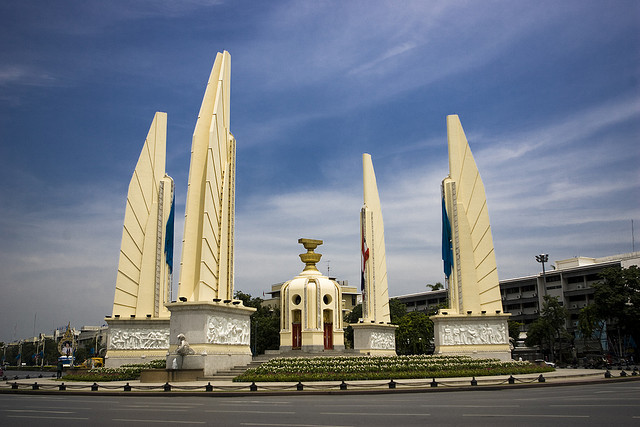
People Power
To encourage and increase civilian participation, various seminars, exhibits and open discussions are conducted across the country to promote the people’s understanding of what a democratic society is all about. After all, the Siamese (the ancient Thais) have been ruled for centuries by minor monarchs who came from various kingdoms that now make the provinces of Thailand. Participation on these affairs allows common Thais to understand better rights that have been granted to them by the constitution.
In celebration of this milestone in the country’s history, government offices, schools, businesses and historic edifices are adorned with the blue, white and red of Thai flags and portraits of Thai kings. The people take to the streets during the day, to participate in civic parades, listen to speeches by key government officials, and watch their country’s military power in full regalia.
This year, the Constitution Day 2016 falls on Saturday, the holiday will be observed on the following Monday – 12 December 2016 (Monday) – Constitution Day (Substitution).
An Inexperienced Ruler Caused the End of Absolute Monarchy
Rama VII, popularly known as King Prajadhipok, was seen as too young and inadequate to lead the country as a monarch. As a result, a coalition between Thailand intellectuals and the military known as the People’s Party led a bloodless coup against the reigning king, ultimately ending in the establishment of a provisional constitution that transferred the political power to the people of Siam and allowed them to overturn the king’s veto.
This, however, has not diminished the stature of the monarch, as the present ruling king is still deeply revered by his people, and Thailand still has the world’s toughest “lese majeste”, or law that protects the king and his family from being maligned, verbally or otherwise.
In fact, on any national occasion, the monarchy still figures largely, be it portraits hung on buildings during the King’s birthday, or civic occasions like this when the monarch’s color (yellow) dominates the festivities.
The Constitution and the Monarchy
When Thailand’s constitution was signed by Rama VII on December 10, 1932, he may have transferred the bulk of his power from the monarchy to the people, but he still remains the Head of State and the Head of the Armed Forces. This power also crosses over to the realm of the religious, as subsequent ruling monarchs have been given power to uphold all religions, despite the monarchy’s – and the country’s – thousands-year-long devotion to Theravada Buddhism.
This does not mean, however, that the king has the last say in all matters of Thai politics. His veto can still be overruled by a vote of the parliament which represents the people.
